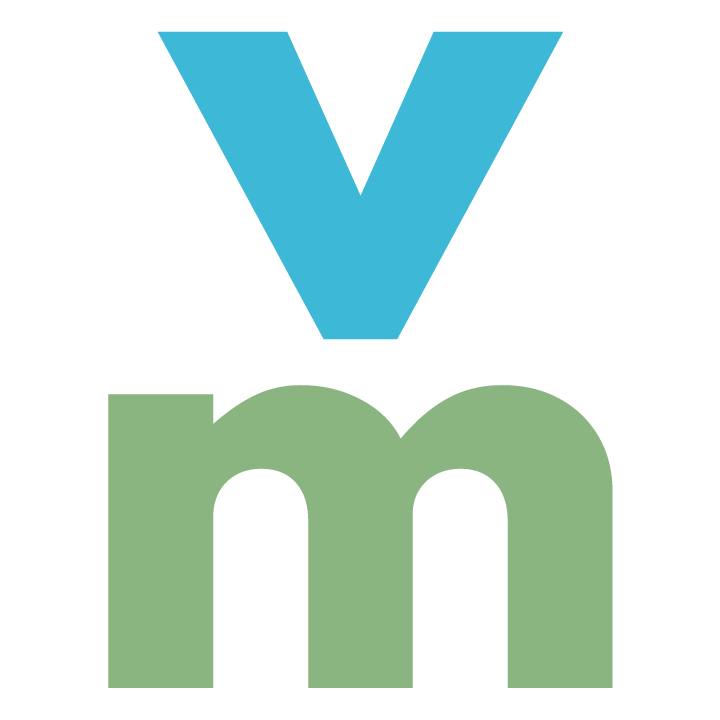Evangelism, Community, Rehabilitation, Product
Contour lines indicating how the land slopes and where the water will move to drain.
Water sources both seasonal and permanent as well as areas prone to flooding.
Wind direction and what natural wind buffers already exist.
Sunlight map with what is naturally shaded, partially shaded or areas with full sun.
Wildlife patterns and existing migration paths through the land.
Views which are desired to maximize and areas where to improve Privacy.
Security threats such as trails or roads where unwelcomed visiors may come from.
Fire risk mapping what direction it potentially may come from.
Noise Pollution from road, neighbors or other sources.
Light Pollution from local city or neighbors with a flood light.
Air/Water Pollution potentially a neighbor who sprays their crops or polutes river upstream.
Zone 1: Closest to the house and the most intensively used space. Where intensive gardening occurs; where paths lead to doors.
Zone 2: A bit farther from the house but is still an essential part of daily life. Small livestock, edible perennials, compost, etc.
Zone 3: Farther out still, visited regularly for components that don’t require as much attention: staple crops, orchards, pasture.
Zone 4: Borders on wilderness: Managed woodlands for timber, nut crops, foraging, wildlife, pasturing large livestock.
Zone 5: Wilderness with no human intervention: Wildlife moves freely, humans go for quiet respite or hunting.
Catchment, Retention, Irrigation, Reconstitution (Slow/Spread/Sink)
Watershed, Rainfall Analysis, Keyline design, Swails, Dam, Pond
Build a garage or tool shed to keep equiptment safe and also to be used as the utility shed
Generator, Solar/Wind/Hydro Power
Wells, Rain Catchment, Storage
Septic Systems, Greywater/Blackwater Systems
Build a communal kitchen and covered seating area.
Extend to multiple bathrooms.
As the community can afford, upgrade from vans and tentsites to yurts or tiny houses or full scale houses.
Establish a kitchen garden to reduce what is needed to buy from town.
Habitats, Bee Keeping, Worms, Hummingbirds, Butterflies, Bugs
Pest Control (Predators, Companion Planting, Oils, etc)
